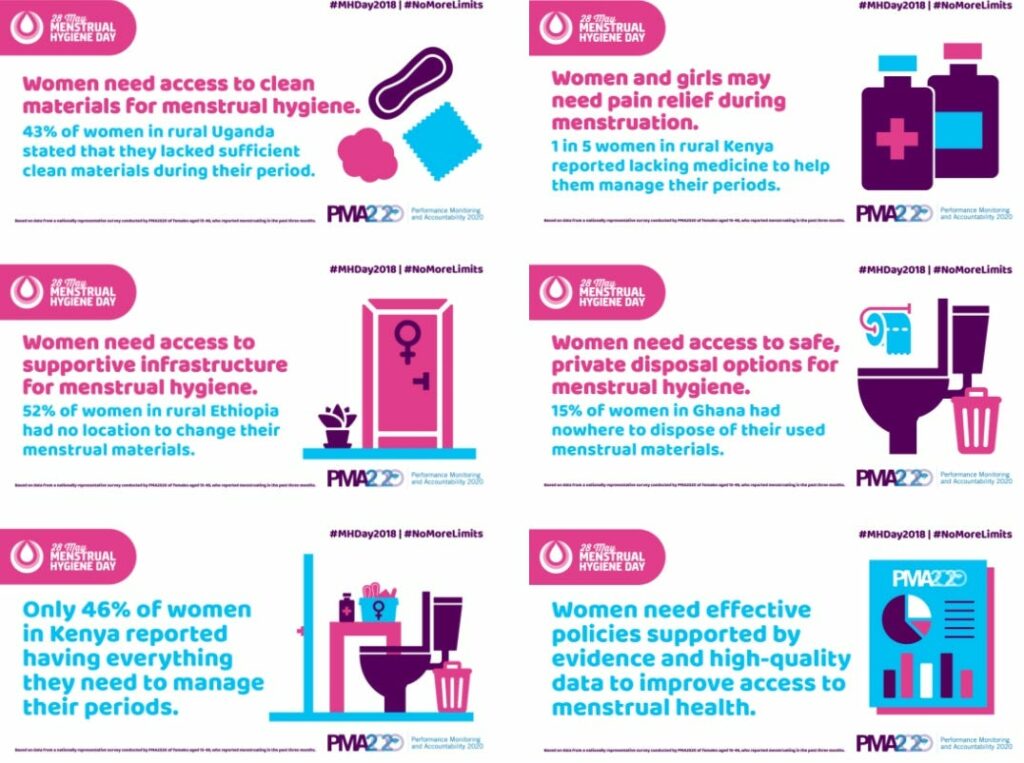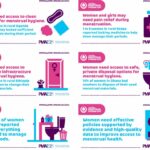**Hygiene for Menstrual Management: Ensuring Comfort, Confidence, and Health**
**Introduction**
Menstrual hygiene management plays a crucial role in the well-being and empowerment of women and girls around the world. It involves the practices, materials, and facilities used to maintain cleanliness and dignity during menstruation. Addressing menstrual hygiene management is not just a matter of physical comfort, but it also has broader implications for health, education, and gender equality. In this article, we will explore the importance of menstrual hygiene management, discuss the challenges faced by women and girls, and provide practical tips for maintaining proper hygiene during periods.
**Why is Menstrual Hygiene Management Important?**
Proper menstrual hygiene management is essential for several reasons. Firstly, it ensures comfort and dignity during menstruation. Using clean and hygienic materials, such as sanitary pads or reusable menstrual cups, helps prevent discomfort and potential infections. Secondly, it promotes good reproductive health. Maintaining hygiene reduces the risk of developing reproductive tract infections, which can have long-term consequences on a woman’s health. Thirdly, it enables women and girls to fully engage in daily activities, including work and education, without social or cultural barriers.
**Challenges Faced by Women and Girls**
Despite the significance of menstrual hygiene management, many women and girls face numerous challenges in accessing proper resources and information. Stigma and taboo surrounding menstruation in certain societies contribute to a lack of awareness and limited discussion on the topic. As a result, women and girls often feel embarrassed or ashamed, making it difficult for them to seek help or support.
Additionally, the affordability and availability of menstrual hygiene products pose significant challenges for many. In low-income communities or developing countries, sanitary napkins or tampons may be expensive or unavailable. This leads to the use of unhygienic substitutes, such as cloth or old rags, which increase the risk of infection.
Furthermore, inadequate sanitation facilities in schools or workplaces hinder proper menstrual hygiene management. Lack of clean toilets, water, and disposal facilities can make it challenging for women and girls to change their menstrual products or maintain cleanliness.
**Practical Tips for Maintaining Menstrual Hygiene**
1. Choose the Right Menstrual Product: Select a menstrual product that suits your preferences and comfort level. Options include sanitary pads, tampons, menstrual cups, and reusable cloth pads. Experiment with different products to find the one that works best for you.
2. Change Regularly: Regardless of the menstrual product used, it is crucial to change it regularly to prevent leakage and maintain hygiene. Follow the instructions provided by the manufacturer for the recommended duration of use.
3. Proper Disposal: Dispose of used menstrual products properly. Wrap them in tissue or newspaper and dispose of them in designated bins or waste containers. Avoid flushing them down the toilet, as it can cause blockages.
4. Maintain Personal Hygiene: During menstruation, pay extra attention to personal hygiene. Clean the genital area with water and mild soap, avoiding harsh chemicals that may cause irritation. Dry the area thoroughly to prevent moisture and bacterial growth.
5. Stay Hydrated: Drinking an adequate amount of water during menstruation helps flush out toxins and keeps the body hydrated. It can also reduce bloating and alleviate menstrual cramps.
6. Eat a Balanced Diet: Consuming a nutritious diet rich in fruits, vegetables, and whole grains is beneficial for hormonal balance and overall well-being. Certain foods, such as ginger or chamomile tea, can help alleviate menstrual discomfort.
7. Practice Proper Hand Hygiene: Before and after changing menstrual products, wash your hands with soap and water. This helps prevent the spread of bacteria and reduces the risk of infections.
8. Educate Yourself and Others: Break the silence surrounding menstruation by educating yourself and others about menstrual hygiene management. Share accurate information and engage in open conversations to reduce stigma and create a supportive environment.
**Conclusion**
Menstrual hygiene management is a vital aspect of a woman’s life. By ensuring proper hygiene during menstruation, women and girls can maintain comfort, health, and dignity. Despite the challenges faced, there are practical solutions available to overcome them. By choosing the right menstrual products, practicing good personal hygiene, and advocating for improved access to resources, we can empower women and girls around the world to manage their periods with confidence and ease.
**FAQs (Frequently Asked Questions)**
1. **Q:** Can I swim during my period?
**A:** Yes, swimming during your period is possible. Use a tampon or menstrual cup for comfortable and hygienic water activities.
2. **Q:** Is it safe to use reusable menstrual products?
**A:** Reusable menstrual products, such as menstrual cups or cloth pads, are safe to use when cleaned properly. Follow the manufacturer’s instructions for proper maintenance.
3. **Q:** How often should I change my menstrual product?
**A:** The frequency of changing menstrual products depends on the type used. Sanitary pads and tampons should be changed every 4-6 hours, while menstrual cups can be emptied every 8-12 hours.
4. **Q:** Can I get pregnant during my period?
**A:** While the chances are lower, it is still possible to get pregnant during your period. Always use contraception if you want to avoid pregnancy.
5. **Q:** What can I do about menstrual cramps?
**A:** To alleviate menstrual cramps, try applying a heating pad, taking over-the-counter pain relievers, practicing relaxation techniques, or engaging in light exercise.
Remember to always consult a healthcare professional for personalized advice and guidance regarding menstrual hygiene management.
Gallery
Menstrual Hygiene Management — Kota Alliance
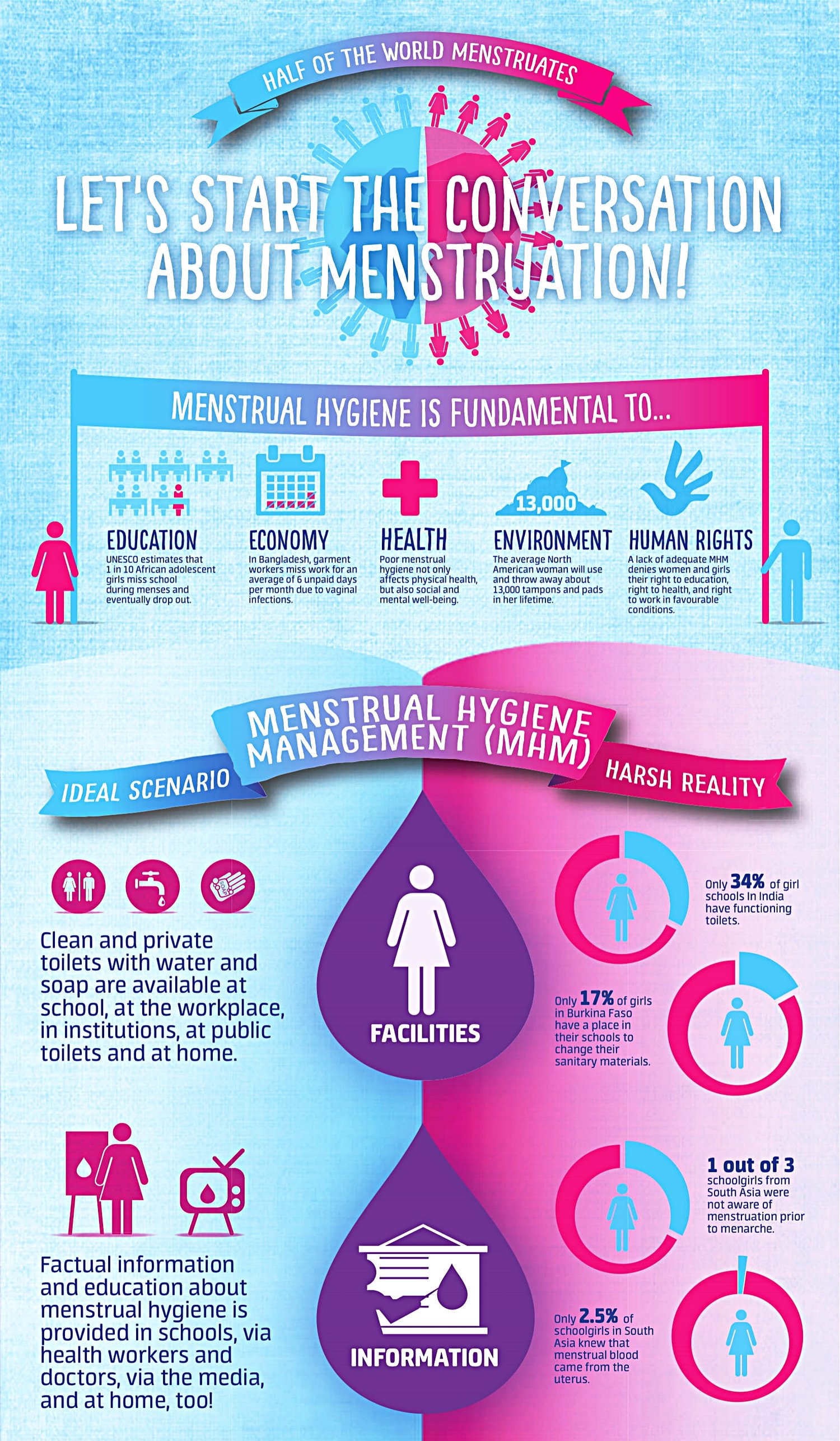
Photo Credit by: bing.com / menstrual hygiene management infographic cycle
How To Maintain Hygiene During Periods – Parentcircle

Photo Credit by: bing.com / hygiene during periods maintain sanitary parentcircle pads use purposes unesco adapted educational
World Menstrual Hygiene Day 2018. Good Menstrual Hygiene Management
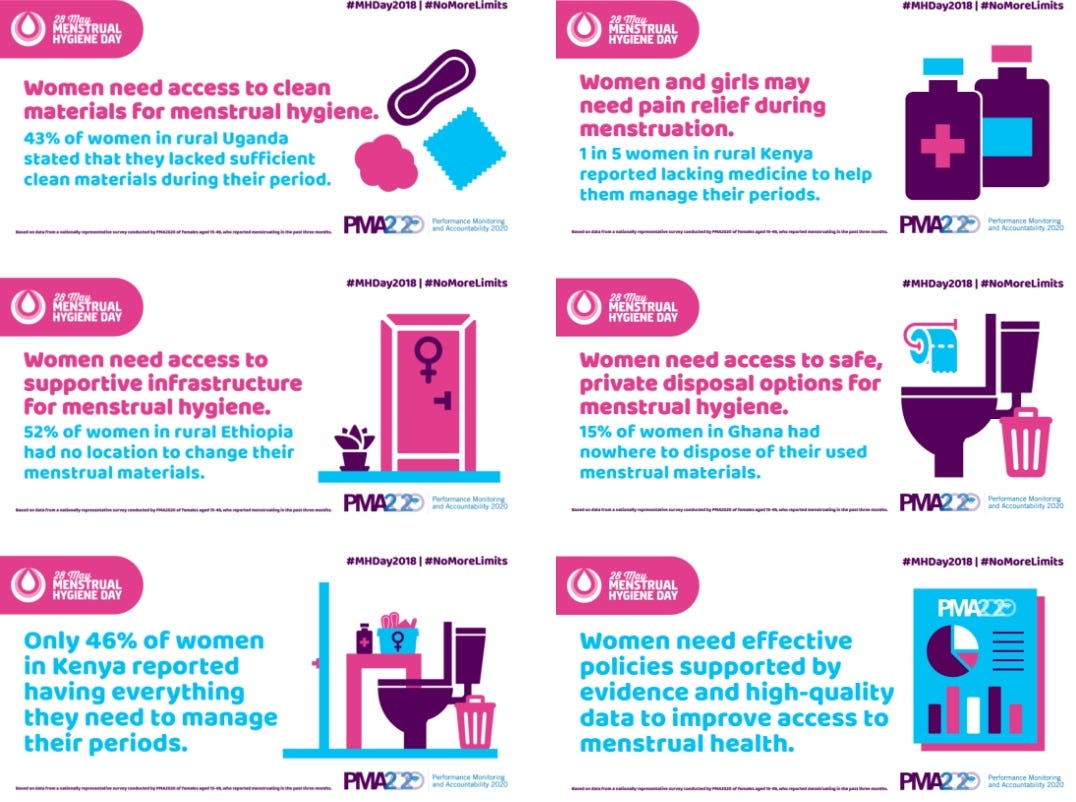
Photo Credit by: bing.com / hygiene menstrual menstruation management during medium international mhm good corps their
Menstrual Hygiene Management – MHDay

Photo Credit by: bing.com / hygiene menstrual management health tips maintain mhm infographic sanitary infographics menstruation awareness hygine importance menstrualhygieneday good public effective way napkin
KOIS – #MHDay2020: Innovative Finance For Menstrual Hygiene
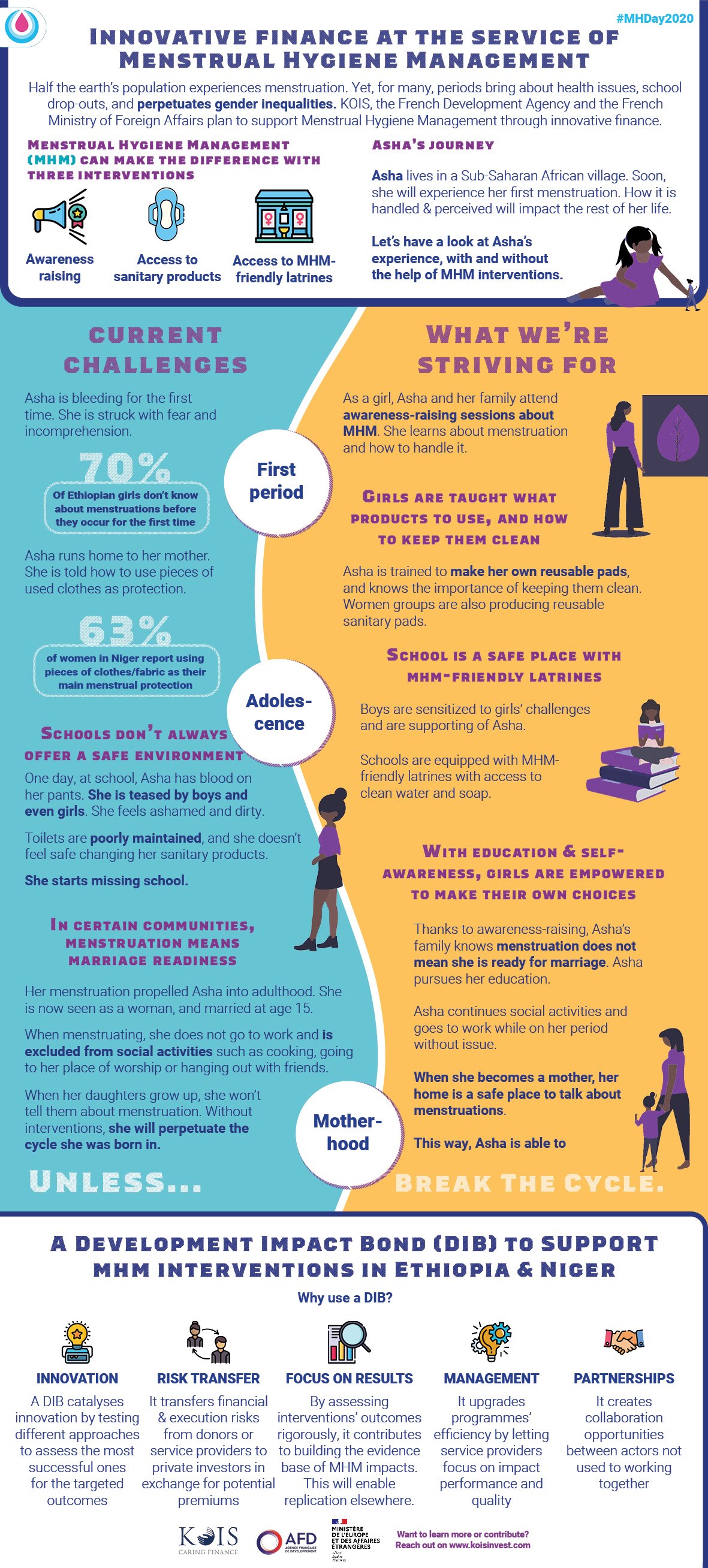
Photo Credit by: bing.com / hygiene menstrual management innovative finance kois service

